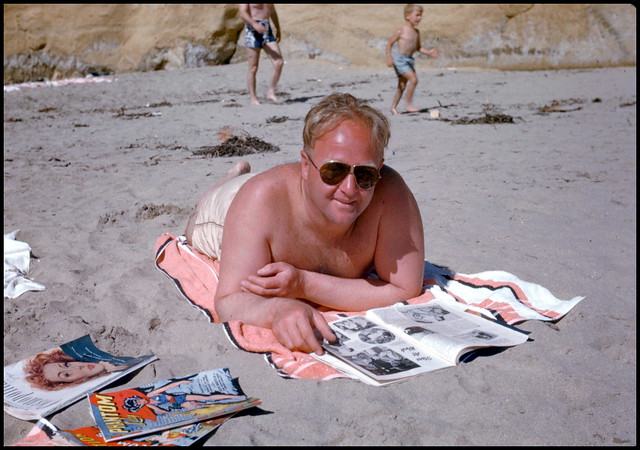x-ray
Veteran
Yeah, Velvia is back in my bag as of last week... been using that forever. As far as processing, scanning, etc. I do my own 35 mm most of the time but time is quite limited for me so I send it out more and more lately. Especially my medium format negs.
Still playing and having fun!
We photographers are a curious sort aren't we? 🙂🙂🙂
I've shot enough Velvia to not be in love with it. I like it but it's Soooo contrasty. The contrast makes it more difficult for most people to hit a good exposure and highlight are more difficult to hold as are shadow detail.
Take a look at Provia. Provia is much more moderate contrast and handles contrasty light much better than Velvia. Saturation is a touch lower but it's easy to boost if needed in post processing.
The big issue with a contrasty film vs a moderate contrast film is once you have high contrast you can't effectively reduce it where as you can easily increase contrast in a film that has moderate contrast.
Color transparency film is much easier to scan also.
I rarely see what I'd call acceptable color and results from color negative scans. I don't know if people don't know what good color is or whether they do no post processing or simply accept what their scanner kicks out first scan.
I have a good idea where some of the problems come from with color neg. From what i read on RFF it's common to exceed capacity and useful life of chemistry. This often results in color crossover that can't be easily corrected. Running film in the incorrect chemistry also results in poor results.
I'd suggest sticking with transparency film not negs.






